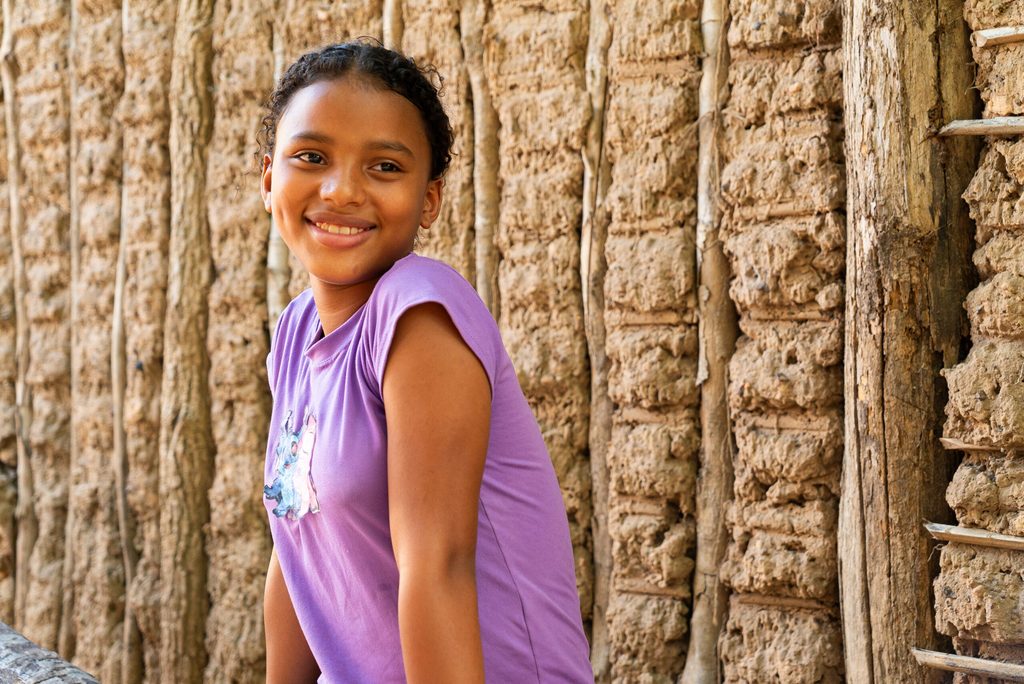Real Choices, Real Lives: Violence in Girls’ Daily Lives (2017)
Global research with girls and women over the years has indicated that violence is one of the key barriers to gender equality.

Around the world, millions of girls experience violence in their homes, at school, and in their wider communities. Not only can this risk their lives, health and wellbeing, it saps their confidence and limits their opportunities.
This report forms part of Plan International’s Real Choices, Real Lives longitudinal, qualitative research study – which is following the lives of girls living in nine countries around the world from their birth (in 2006), until they turned 18 (in 2024).
In 2017, we explored the cohort girls’ experiences of violence in their homes, in class and on their journeys to and from school, and in their wider communities. Our research has found that as girls grow, so too does their experience of violence. Using longitudinal data, this report explores how age and gender directly correlate to increased exposure to and threats of violence.
“We play in the home compound. They do not allow us to go elsewhere; we only play at home. My father refuses to let us go elsewhere. If we go, he beats us.”
Dembe, age 9, Uganda (2017)
Download the report
Full Report
116.29 mb
Executive Summary
57.02 mb
Key findings:
91% of the cohort girls experienced at least one form of violence in 2017, when they were 11 years old. The most common places that girls experienced violence were at school (42%) and in the home (31%).
At school, girls reported bullying and physical and sexual violence from boys, particularly in school toilets. Corporal punishment is still practiced in many places, which makes girls wary of their teachers and school in general.
“I am afraid to go to school because the teacher beats the pupils. I don’t like to be beaten. My teacher is wicked.”
Fezire, age 8, Togo (2017)
At home, many girls experience physical violence as a form of discipline and punishment. Violence is often used to enforce strict gender rules about girls’ behaviour.
“If mum sees me having fun with the boys, she beats me saying: ‘Have you ever seen the girls playing with boys?’”
Essohana, age 10, Togo (2017)
As girls get also, there are also greater fears about their safety in the wider community. Parents’ concerns about sexual violence restricts girls access to public spaces, and these fears are internalised by girls who begin to limit their movements.
“Sometimes, I am worried about being raped, beaten and hit by car or motorbike when I walk to school.”
Bopha, age 11, Cambodia (2017)

